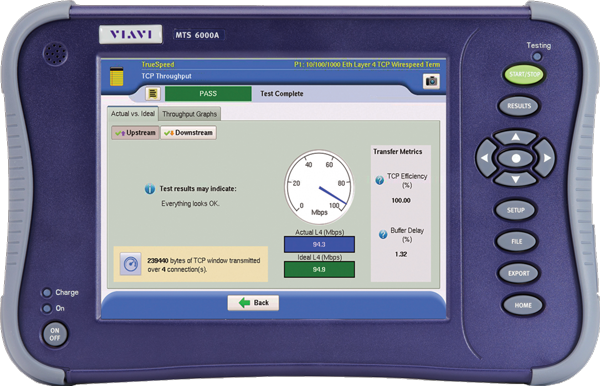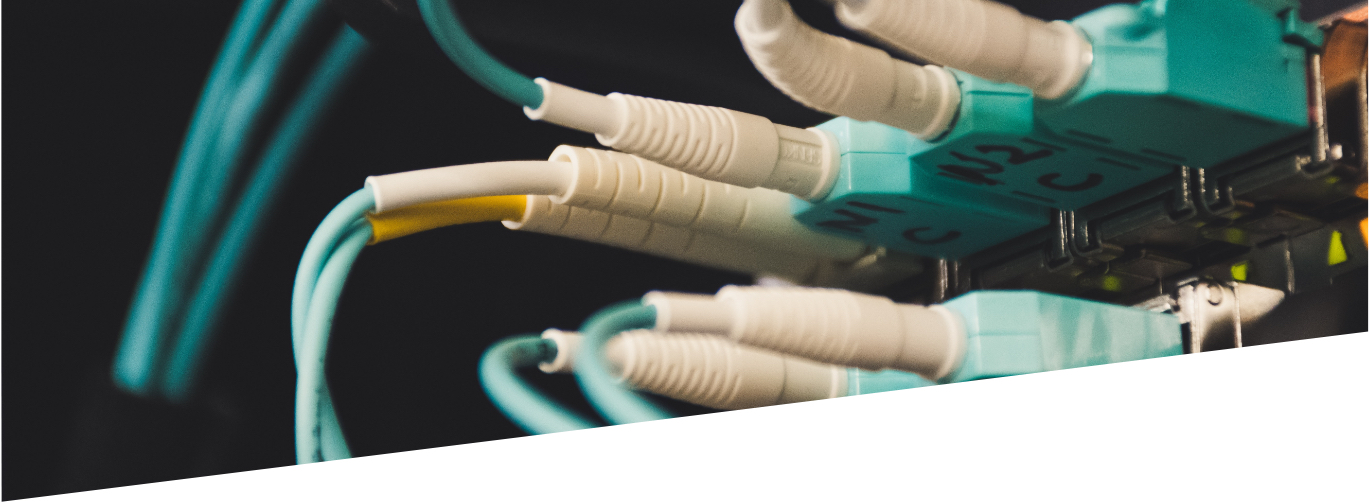

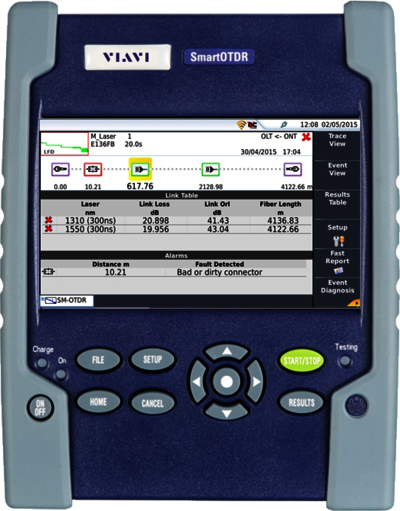
Das kompakte und leichte SmartOTDR beschleunigt und optimiert Vor-Ort-Messungen an Metro- und Zugangsnetzen.

The SmartOTDR essential handheld fiber tester is an affordable, easy-to-use device for techs at any level, with robust wireless connectivity options that increase productivity anywhere. It integrates all the essential fiber test requirements into a single device with OTDR measurement, fiber end face analysis, optical loss testing and visual fault locator. Learn more about OTDR Testing and Fiber Testing.
Benefits
Applications
Key Features
This product is StrataSync-enabled
StrataSync is a hosted, cloud-based solution that provides asset, configuration, and test data management for VIAVI instruments and ensures all instruments have the latest software and options installed. StrataSync Core supports the OneExpert platform at no charge. StrataSync Plus is also available for enhanced data management capability.

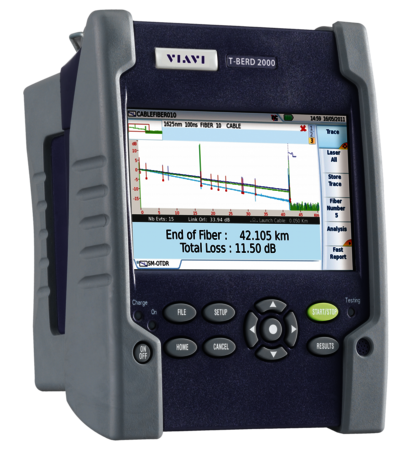
Tester für die freihändige Installation, Inbetriebnahme und Wartung von Glasfasernetzen.

Vorteile
Anwendungen
Leistungsmerkmale
Dieser Tester unterstützt StrataSync
StrataSync ist eine gehostete, cloudbasierte Lösung zum Ressourcen-, Konfigurations- und Testdaten-Management von VIAVI-Messtechnik, die gewährleistet, dass alle Tester mit der neuesten Software und den neuesten Optionen ausgestattet sind. StrataSync Core unterstützt die OneExpert-Plattform ohne Mehrkosten. StrataSync Plus erlaubt auch das erweiterte Datenmanagement.

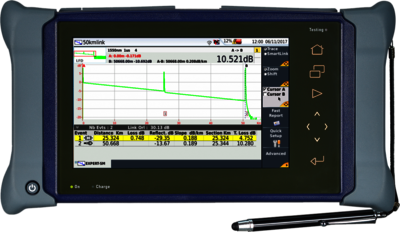
Handliches modulares Messgerät zur automatischen Zertifizierung und Überprüfung von Glasfaserverbindungen

Vorteile
Anwendungen
Leistungsmerkmale
Dieser Tester unterstützt StrataSync
StrataSync ist eine gehostete, cloudbasierte Lösung zum Ressourcen-, Konfigurations- und Testdaten-Management von VIAVI-Messtechnik, die gewährleistet, dass alle Tester mit der neuesten Software und den neuesten Optionen ausgestattet sind. StrataSync Core unterstützt die OneExpert-Plattform ohne Mehrkosten. StrataSync Plus erlaubt auch das erweiterte Datenmanagement.

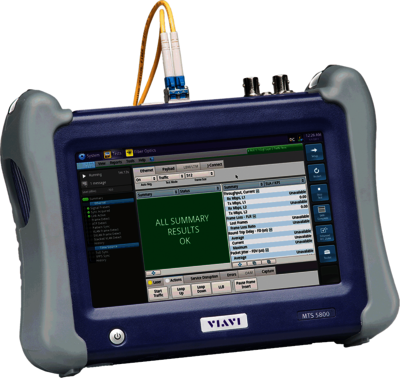
Dieser kleinste 10G-Handtester der Branche bietet sich für den Einsatz über den gesamten Lebenszyklus der Dienste, einschließlich für die Fasercharakterisierung, die Aktivierung von Diensten, die Fehlerdiagnose und die Wartung, an.

Vorteile
Leistungsmerkmale
Anwendungen
Dieser Tester unterstützt StrataSync
StrataSync ist eine gehostete, cloudbasierte Lösung zum Ressourcen-, Konfigurations- und Testdaten-Management von VIAVI-Messtechnik, die gewährleistet, dass alle Tester mit der neuesten Software und den neuesten Optionen ausgestattet sind. StrataSync Core unterstützt die OneExpert-Plattform ohne Mehrkosten. StrataSync Plus erlaubt auch das erweiterte Datenmanagement.
Part of The VIAVI Remote PHY Solution
This product is part of the comprehensive VIAVI Remote PHY turn-up and maintenance solution enabling seamless transitions from legacy to distributed access architectures.

